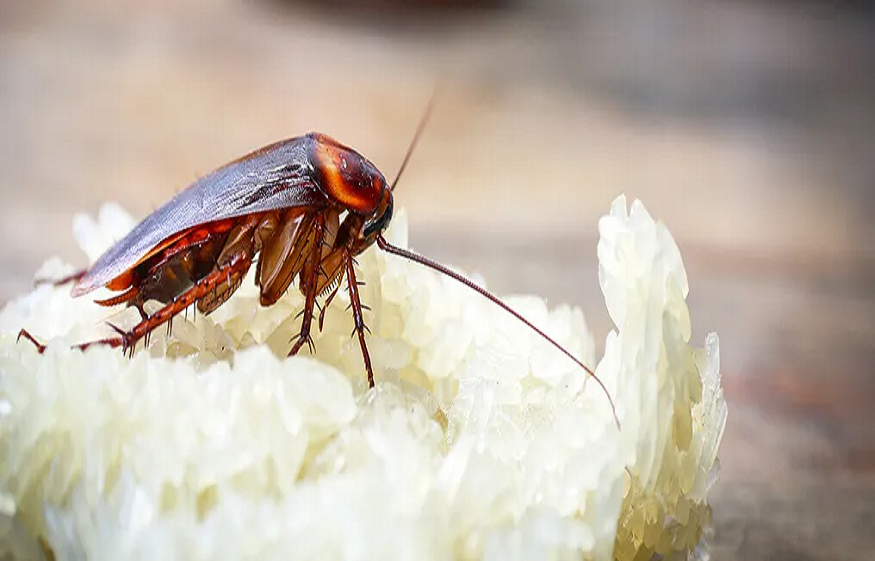Finding cockroaches inside your house is an unpleasant experience. Spotting them in kitchen appliances can be quite alarming. These pests can survive in different environments; however, they especially thrive in kitchens where they can easily access food, shelter, and water. As a homeowner, you should know why roaches infest your kitchen appliances, so you can implement proper pest control and keep your home clean and healthy. Also, this allows you to determine when it’s time to let greenpestservices.net experts deal with your roach problem.
What Makes Kitchen Appliances Attractive to Cockroaches?
Cockroaches can easily find their way into houses, targeting the kitchen. They are drawn to kitchen appliances such as refrigerators, dishwashers, and ovens because of the following:
- Food sources. Usually, food crumbs and residue accumulate in appliances, attracting roaches. Leftover food particles in your dishwasher can give roaches their much-needed meal.
- Moisture. The kitchen is a moisture-rich space, particularly around sinks and dishwashers. For roaches, water is a survival tool, making the kitchen a perfect environment for these pests. Cockroaches are drawn to the humidity and warmth they can get inside appliances.
- Shelter. Roaches live and breed in dark, warm, and hidden areas. Small gaps and crevices within appliances create ideal hiding spots for them.
- Heat. Kitchen appliances and electronics generate heat that roaches like. These pests are particularly attracted to the warm and damp conditions in dishwashers and coffee makers.
- Access points. Roaches can end up inside your kitchen through holes, cracks, and gaps in walls, cabinets, and floors. Once they are inside the room, they can enter appliances through small openings.
Common Health and Sanitary Risks that Roaches Pose
Having roaches in your houses poses severe health risks. These can contaminate surfaces and food through the pathogens they carry. They can spread illnesses such as allergies and food poisoning. Below are the health risks associated with a cockroach infestation:
- Bacterial infection. Roaches can carry bacteria like E, coli and Salmonella, which can cause serious gastrointestinal issues.
- Allergies and asthma. The droppings, shed skin, and saliva of roaches can trigger allergies and asthma attacks in some people.
- Food contamination. Roaches can contaminate your utensils and food with their body parts and feces.
Signs of a Cockroach Infestation
Recognizing the signs of a roach issue early prevents cockroaches from becoming unmanageable. Below are common signs to watch out for:
- Droppings. The droppings of cockroaches look like small, pepper-like specks. Usually, they can be found near hiding spots and food sources.
- Egg cases. Roaches lay eggs in in ootheca that is often found in crevices and dark corners.
- Unpleasant odor. The presence of roaches in your house can cause you to smell a musty, oily odor.
- Shed skin. When roaches grow, they shed skin, often found near hiding spots.
How to Effectively Control Roaches in Appliances
If you think roaches have infested your kitchen appliances, take prompt action. This means implementing effective roach control measures to eliminate the issue and prevent future infestations. Seek help from a pest control technician as they can offer an effective solution to your issue. This technician can identify and get rid of the infestation and can provide advice on preventing re-infestations.
A lot of homeowners simply use insecticides and spray them on visible cockroaches without sealing entry points. This approach can result in a recurring issue. Also, some people use store-bought products without understanding how harmful they can be to people and pets. Consulting with pest control experts helps you avoid such mistakes and get a long-term solution that suits your specific pest issue. For serious cockroach infestations, experts usually apply targeted treatments to get rid of all roaches in your kitchen. In extreme cases, experts use fumigation to eliminate an infestation.

